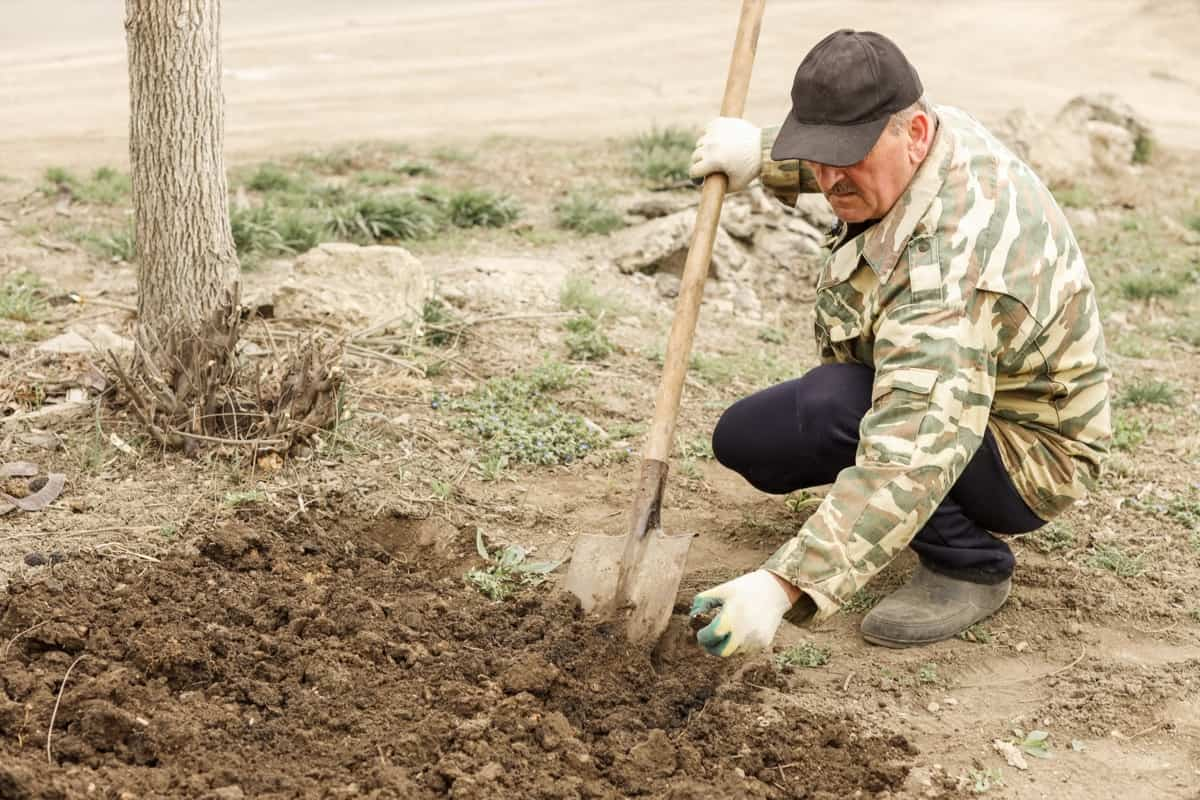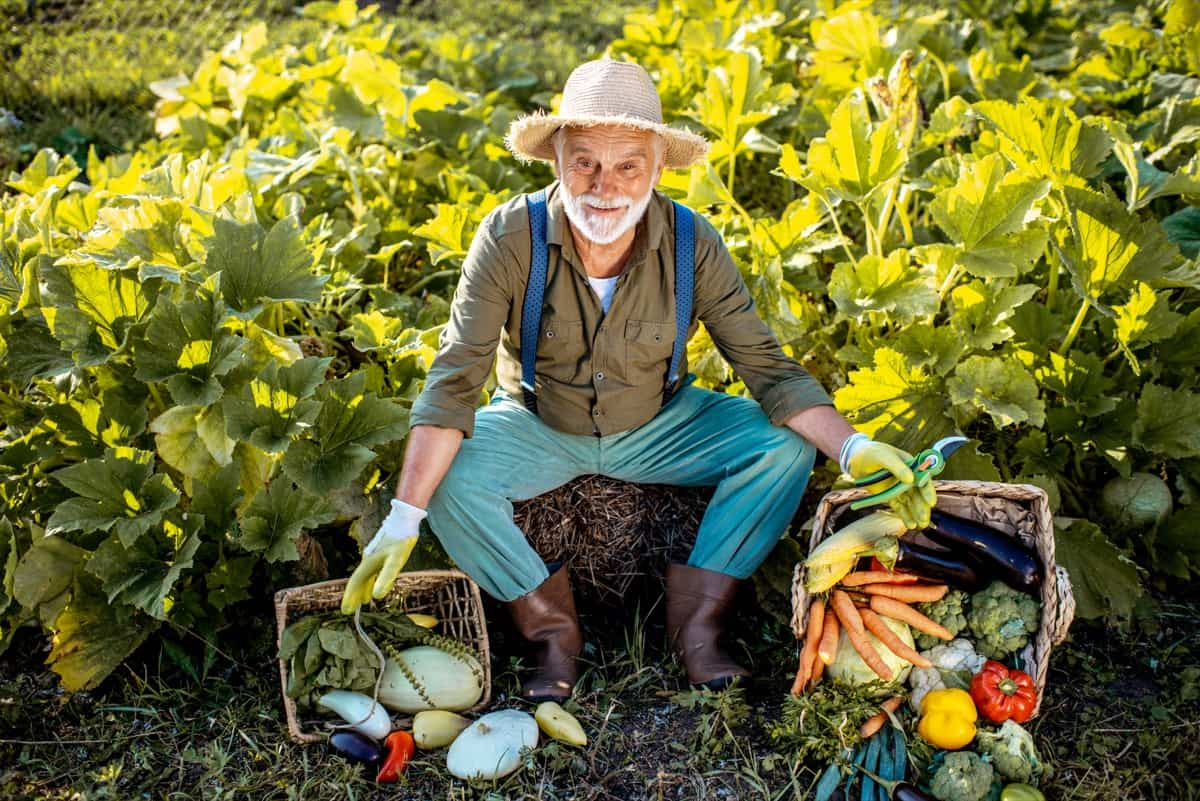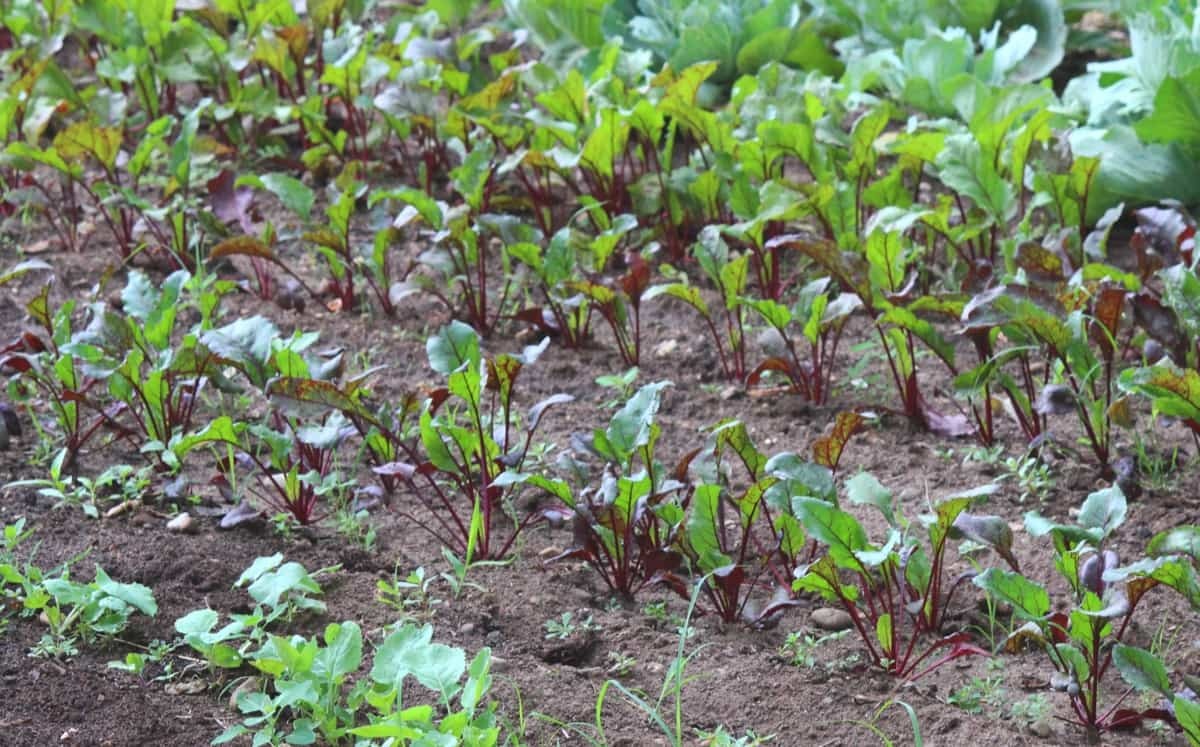If you’re wondering when I should start a vegetable garden in New York, you’re not alone. With varying climate zones and weather conditions, figuring out the best time to plant can be challenging. In New York, the growing season can differ significantly from coastal regions to inland areas.

In this article, we will look at factors affecting planting dates and optimal planting times for both coastal and inland regions and offer a vegetable planting schedule for New York. You’ll learn when to plant cucumbers in New York, when to plant vegetables in upstate NY, and what zone in New York for planting. We’ll also recommend the best vegetables to grow in New York for different seasons.
When to Plant Vegetables in New York
Understanding New York’s Climate Zones
New York is a large state with diverse climate zones. The U.S. Department of Agriculture (USDA) has designated several hardiness zones within the state. Zones range from 3a in the Adirondacks to 7b on Long Island. Knowing your zone is crucial for successful gardening.
This knowledge helps you pick the right plants and set accurate planting dates. If you live in coastal regions like Long Island, you’ll be in a warmer zone. Upstate New York usually falls under colder zones. Knowing what zone is in New York for planting in your area can make all the difference in your garden’s success.
Factors Affecting Vegetable Planting Dates in New York
Soil temperature, air temperature, and frost dates are key factors. Coastal areas may have milder winters and longer growing seasons. In contrast, upstate New York may experience harsher winters and shorter growing seasons. Local microclimates can also affect planting dates. Nearby bodies of water, elevation, and wind patterns can make a big difference. Consider all these factors to identify the best planting dates for your area.
Planting Vegetables in Coastal New York
Coastal regions, like Long Island and parts of New York City, generally experience milder winters and longer growing seasons. These conditions allow for a wide variety of vegetables. In these areas, you can start seeds indoors as early as late January for transplanting in March. For crops like cucumbers, the best time to plant is usually late April to early May. Coastal regions offer multiple growing cycles for many vegetables, extending your harvest season. In a coastal region, you’ll have greater flexibility in what and when you can plant.
Optimal Vegetable Planting Times for Inland New York
Inland areas like upstate NY have shorter growing seasons due to colder temperatures. The ideal time to sow cool-season crops like lettuce and radishes is in early spring when the soil is ready for planting. The window for warm-season crops like tomatoes and peppers is narrower. Planting occurs in late May to early June after the last frost date. If you’re wondering when to plant vegetables in upstate NY, consult the USDA zone map and local planting calendars. These will help you tailor your planting schedule to your specific inland region.
Vegetable Planting Schedule for New York
- Early Spring: Lettuce, Peas, Spinach
- Late Spring: Cucumbers, Tomatoes, Peppers
- Early Summer: Beans, Corn, Squash
In case you missed it: Easiest and Best Fruit Trees to Grow in New York: Fruit Tree Planting Calendar for New York Climate

Recommended Vegetables for Early Spring Planting in New York
In early spring, focus on cool-season crops. These vegetables can tolerate lower soil and air temperatures. Lettuce, peas, and spinach are excellent choices for early spring planting. They are hardy, quick to mature, and can be harvested before the summer heat. These vegetables are among the best to grow in New York during this time. You can usually plant these as soon as the ground thaws, and is workable.
Late Spring and Early Summer Vegetable Planting Guide for New York
The ideal time to plant warm-season vegetables is during late spring and early summer. Tomatoes, peppers, and cucumbers are great choices for late spring planting. Inland or upstate areas should wait until late May or early June when the risk of frost has passed. These vegetables need warm soil and air temperatures to thrive. They usually require a longer growing period, so plant them as soon as it’s safe to ensure a fruitful harvest.
Fall Vegetable Planting Tips for Coastal New York
In coastal New York regions like Long Island, fall offers another opportunity for a bountiful harvest. This is due to the area’s milder climate and longer growing season. You can plant a variety of cool-season crops that thrive in cooler temperatures. Consider planting carrots, broccoli, and kale from late August to early September.
These vegetables tolerate the cool autumn air and often become sweeter after a light frost. Coastal gardeners can extend their growing season into the fall months. You can even try a second round of early spring vegetables like spinach and lettuce. Cover crops can also be planted in late fall to enrich the soil for the next year’s growing season.
Ideal Fall Planting Dates for Inland New York
Regarding fall planting in inland or upstate New York, timing is crucial due to the shorter growing season and colder temperatures. You’ll want to plant your fall vegetables well before the first expected frost date to ensure they have enough time to mature. Plant cool-season crops like radishes, turnips, and Swiss chard in late July or early August. Some leafy greens like spinach can be sown as late as September, as they quickly mature and tolerate frost.
When to Plant and What Vegetables to Grow in New York in Winter
Winter in New York might seem like an off-season for gardening, but it doesn’t have to be. With some planning and protection, you can grow hardy vegetables even in the coldest months. Root vegetables like carrots and parsnips can be left in the ground and harvested as needed, provided they are mulched heavily to prevent the ground from freezing. Cold frames and high tunnels can be used to grow leafy greens like kale and collards. While traditional outdoor gardening may not be feasible, you can try indoor gardening to grow herbs like basil and chives.
In case you missed it: Easy and Best Container Plants for New York: For Winter, Shade, and Full Sun (Summer)

Vegetable Planting Schedule/Calendar Table for New York
| Vegetable | Coastal New York | Inland New York |
| Early Spring | ||
| Lettuce | Late February – Early March | Early April – Mid-April |
| Peas | Late February – Early March | Early April – Mid-April |
| Spinach | Late February – Early March | Early April – Mid-April |
| Late Spring | ||
| Cucumbers | Late April – Early May | Late May – Early June |
| Tomatoes | Late April – Early May | Late May – Early June |
| Peppers | Late April – Early May | Late May – Early June |
| Early Summer | ||
| Beans | Early May – Mid May | Early June – Mid-June |
| Corn | Early May – Mid May | Early June – Mid-June |
| Squash | Early May – Mid May | Early June – Mid-June |
| Fall | ||
| Carrots | Late August – Early September | Late July – Early August |
| Broccoli | Late August – Early September | Late July – Early August |
| Kale | Late August – Early September | Late July – Early August |
| Winter | Can be left on the ground | |
| Carrots (mulched) | Can be left on the ground | Can be left if mulched heavily |
| Parsnips (mulched) | Can be left on ground | Can be left if mulched heavily |
In case you missed it: Yorkshire Pig Facts: Origin, Size, Physical Characteristics, Pros, and Cons

Conclusion
Understanding the different growing seasons in New York’s coastal and inland regions can greatly influence your gardening success.
- Feed Your Flock for Less: Top 10 Tips to Save on Chicken Feed
- Ultimate Guide to Ossabaw Island Hog: Breeding, Raising, Diet, and Care
- Hatching Answers: The Top 10 Reasons Your Chickens Aren’t Laying Eggs
- Eggs and Economics: Breaking Down the Cost of Raising Backyard Chickens
- Defend Your Greens: Proven Methods to Keep Iguanas Out of Your Garden
- Ultimate Guide to Cinnamon Queen Chicken: A Comprehensive Guide for Beginners
- Ultimate Guide to California Tan Chicken: Breeding, Raising, Diet, Egg-Production and Care
- Ultimate Guide to Marsh Daisy Chicken: Breeding, Raising, Diet, and Care
- 10 Types of Chicken Farming Businesses You Can Start for Profits